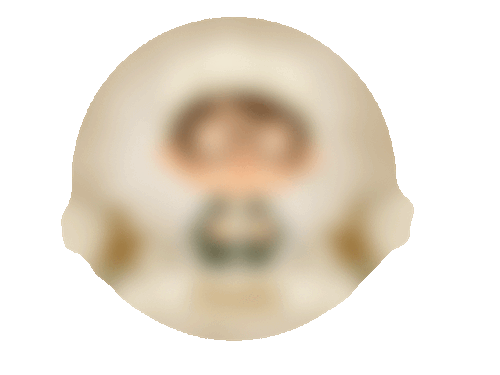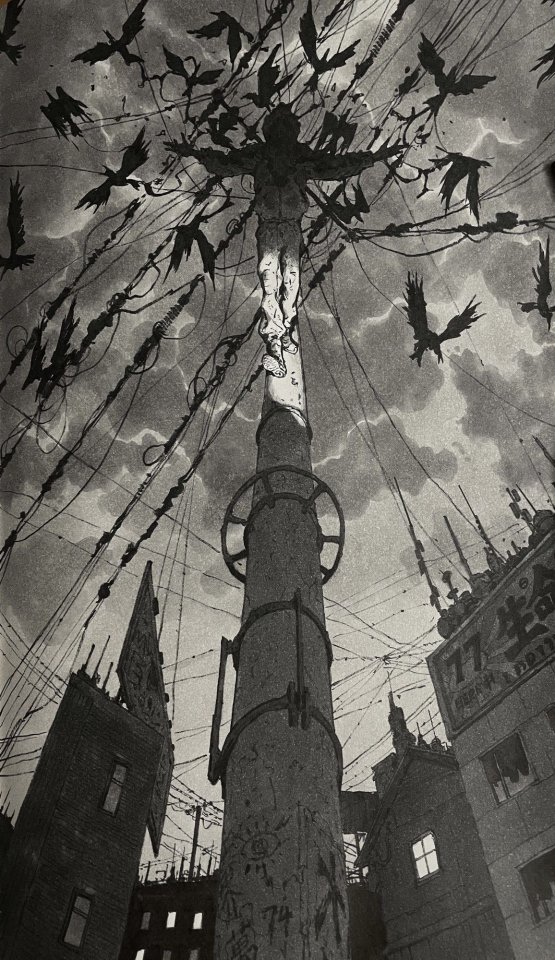Curate, connect, and discover
Illustrations - Blog Posts
HE MAD AS HELL!!!!



Plus other Wukong sketches :3
Lego Monkie Kid x Transformers au art I made back in January :)



Based on the monkey mech



Nintendo Animal Crossing
CTKVI.STORE INSTAGRAM



T H E S I M P S O N S
CTKVI.STORE INSTAGRAM

Illustration by Lavera Grace for The Grimms' fairy tale The Six Swans

Among the stars on a Friday afternoon (2022)




I finally finished drawing this Jellyfish art piece!
My sister requested that I draw her jellyfish sona, and i finally finished it. I have been busy with my process of enrollment in college. Also i used my new acrylic markers for this art piece!

I finally finished this drawing~
This is my fanart of Xie Lian haha-- I finished this yesterday but i got tired and didn't get to post it. Sooooo here's the artwork!
(I still don't know how to use tumblr properly--)

Endless Expanse | Illustration Set
A big art project i finally finished! Info on it-
Part 1- Cave of Ancient Remains
Illuminated only by the gentle glow of fluorescent fungi for millenniuum, the bones of ancient beasts have been newly discovered, though these remains do not rest unguarded.
Part 2- Sky of Vast Zephyr
The sky, which was once characterized as a lonely domain of gods, has become increasingly within reach.
Part 3- Sea of Wrathful Gods
Storms in the sea of wrath are savage and unforgiving, and although it offers a significantly faster trade route, those who cross it are often extremely desperate.


Danganronpa art commission with your very own OC, get your favorite Characters and mix them with your very own character! You can choose the scene you want to show, it can be an angst scene or a mingling scene or even a fake screenshot at the price of $10-$40 with a free splash art of your character when you commission me, so don't miss your chance and commission your art with me now!
I accept

You can make also make request to me at

militiagal

Militiagal

Militiagal

Justadorkablem
praise be the Saint Electric

乱铁 @_dirtyiron_
Astrobiology: The Story of our Search for Life in the Universe
Astrobiologists study the origin, evolution, and distribution of life in the universe. This includes identifying evidence left behind by life that once survived on the ancient Earth, and extends to the search for life beyond our planet.
When looking for signs of life on other worlds, what are they looking for?
Things called biosignatures. For example, when you sign a piece of paper, your signature is evidence of your existence. Similarly, biosignatures are anything that can prove that life was once, or is, present in an environment.

If we were very very lucky, we might spot something we know is life with a powerful telescope or receive a "phone call" or radio signal from alien civilizations. Those types of biosignatures would be obvious. But they would only let us identify advanced life.

For most of Earth’s history (billions of years), single-celled life like bacteria and archaea have been around. Humans have only been making radio transmissions for hundreds of years. So we have a better chance of finding life if we look for signs that have been around for very long periods of time.

Patterns in ancient rocks that were created by life are a great example. That can be anything like a dinosaur footprint or structures built by microorganisms, like stromatolites.

Molecules can also be biosignatures, like DNA left behind for detectives to discover. But DNA doesn’t last very long on its own in most environments, so other molecules like lipids (like natural oils, wax, and fat) might be a better choice if you are looking for signatures of life from millions (or billions) of years ago.
Even the balance of gases in a planet’s atmosphere can be a sign of past or present life. On Earth, biology plays a major role in maintaining the delicate composition of gases like nitrogen, oxygen, and carbon dioxide in the air that we breathe.
These are just a few examples of signs astrobiologists look for when searching for life amongst the stars! Research into these biosignatures inform many of our biggest missions, from observatories like the Hubble Space Telescope and the Webb Space Telescope to our Mars Sample Return endeavor.
Want to learn more about the search for life? Check out the latest issue of our comic-book style graphic history novel, Astrobiology: The Story of our Search for Life in the Universe. This new chapter is all about biosignatures.
Explore life in the universe with us by following NASA Astrobiology on Twitter and Facebook.
Make sure to follow us on Tumblr for your regular dose of space!









